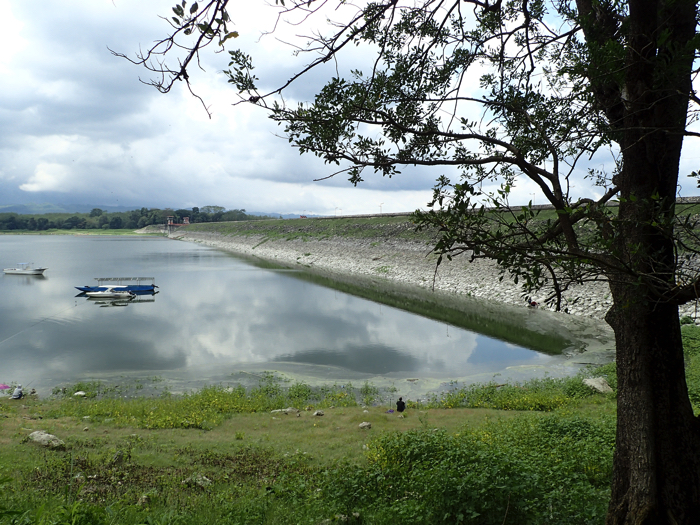- Project Leader : Tanigawa Ryuichi (Kanazawa University, Institute for Frontier Science Initiative)
- Collaborators : Okamoto Masaaki (Kyoto University, The Center for Southeast Asian Studies)
- : Hayashi Kengo (The University of Tokyo, Institute of Industrial Science)
- : Mimura Yutaka (Research Institute for Humanity and Nature, RIHN Center)
- : Yamashita Tsuguta (Kyoto University, Graduate School of Letters)
Outline of Research
This is an interdisciplinary research on Japanese war reparation projects in Southeast Asia, particularly Indonesia, from the perspective of architectural and civil engineering history. It will analyze the meaning of those projects to Japan and Southeast Asian countries to improve understanding of the relationship among those countries as well as with the US and the USSR throughout the 20th century. This will be done by 1) conducting a document survey in Jakarta and Japan of Japanese war reparation projects in Indonesia, and 2) collecting the oral histories of the projects’ engineers and developers in Japan and local workers in Indonesia.
Description
We will analyze Japanese war reparation projects in Southeast Asia, particularly Indonesia, from the perspective of architectural and civil engineering history. The main question of this research is “What was the meaning of Japanese war reparation projects to Japan and Southeast Asian countries?” This is an interdisciplinary research effort undertaken by researchers of the Institute for Frontier Science Initiative of Kanazawa University, the Center for Southeast Asian Studies of Kyoto University, the Institute of Industrial Science, the University of Tokyo, and the Research Institute for Humanity and Nature.
Japanese war reparation projects mainly consisted of constructing large-scale infrastructure, including hydro-power plants, tunnels, and bridges, which had significant impacts on the local space. Those projects were led by the engineers who had engaged in Japan’s colonial efforts before the second world war, and were constructed by thousands of local laborers. The engineers had refined their high technical knowledge and skills through colonial development projects, especially on the Korean Peninsula. Taking these historical facts into account, we seek a new perspective and better understanding of the relationship between Japan and Southeast Asia, as well as between Japan and the US and the USSR, throughout the 20th century.
We will provide a detailed overview of Japanese war reparation projects from the 1950s to the 1970s in Southeast Asia. The research is expected to expand understanding of Japan’s Overseas Development Assistance beyond political and economic history to include architechtural and civil engineering perspectives.
 Karangkates Dam |
 Sarinah Department Store |
